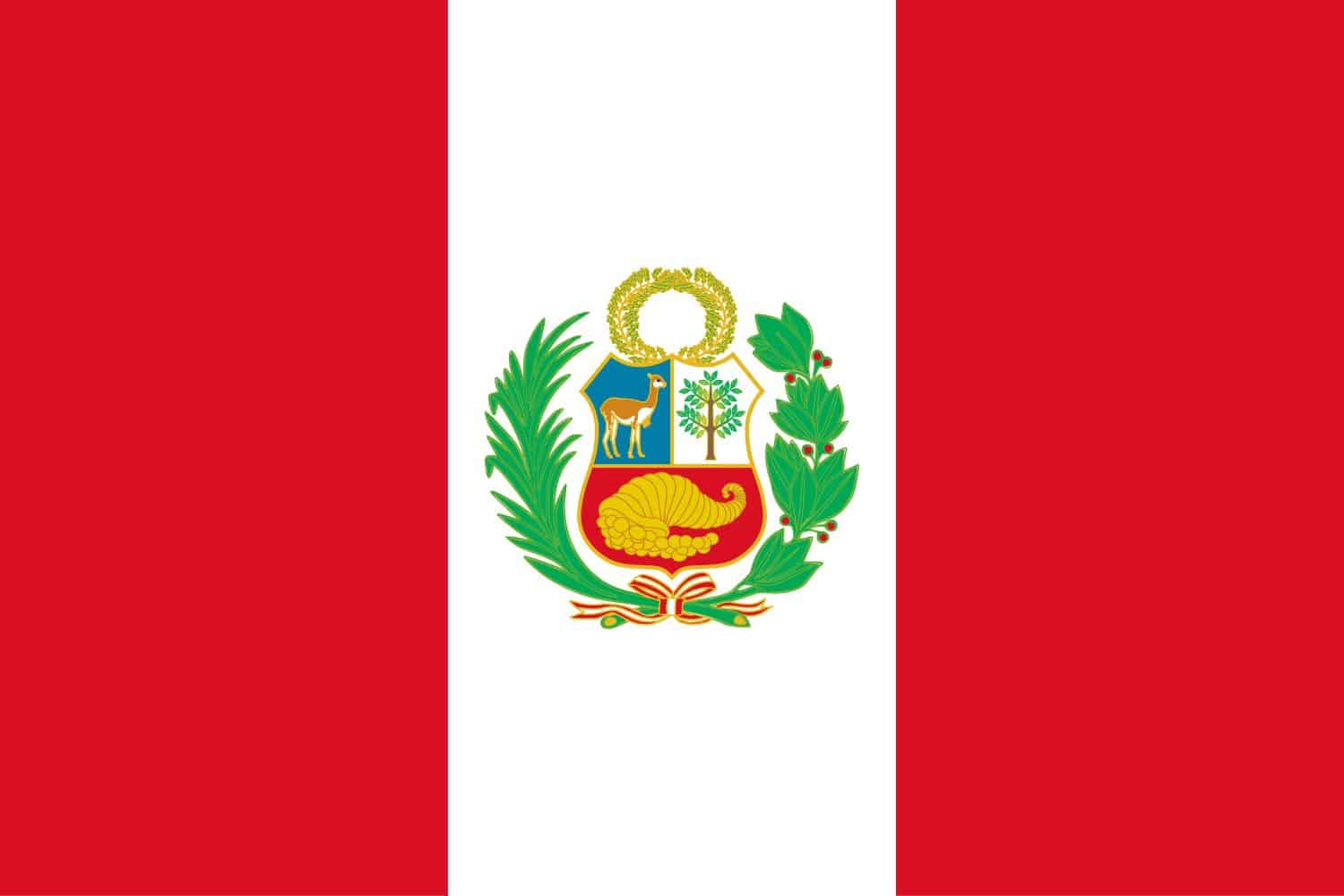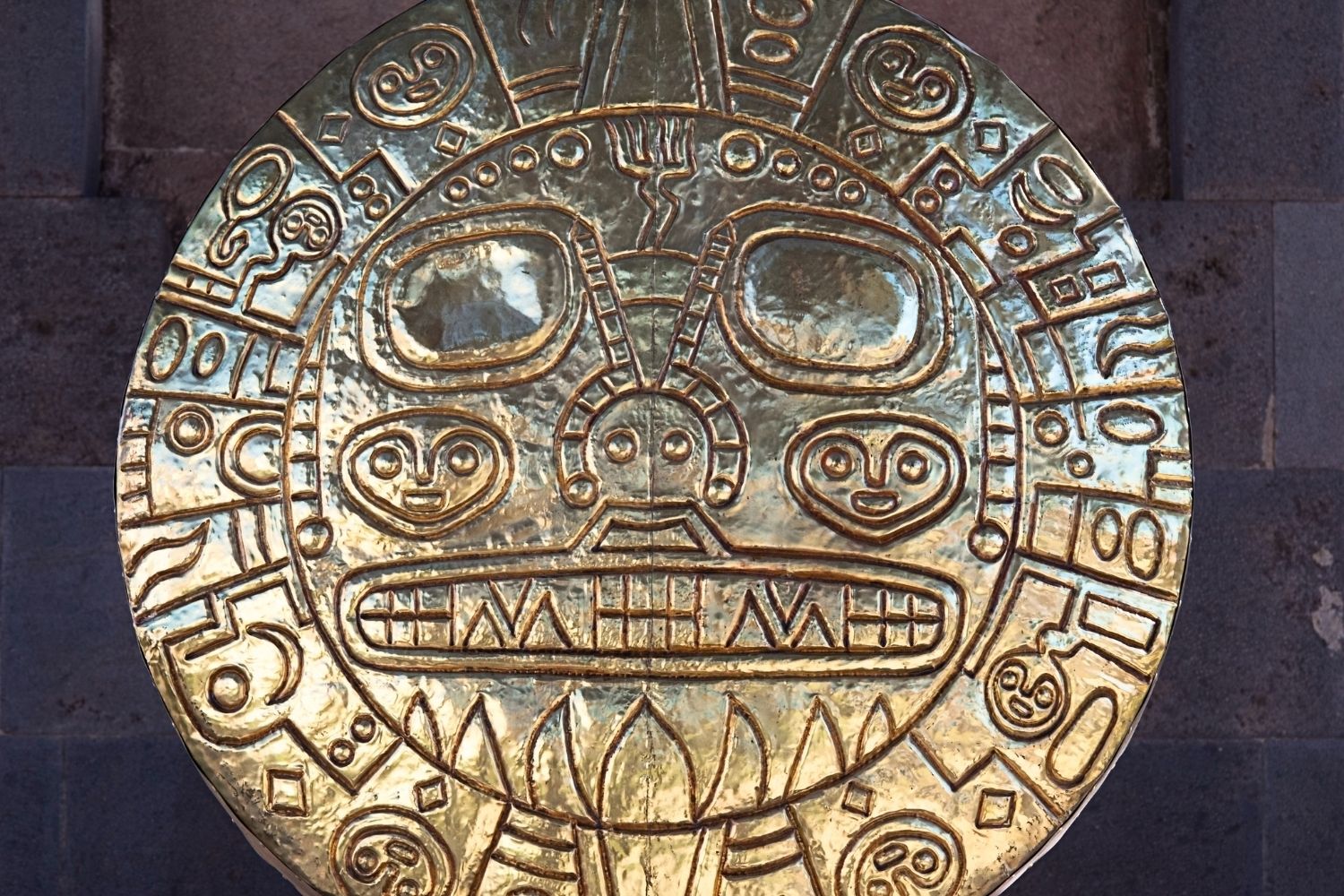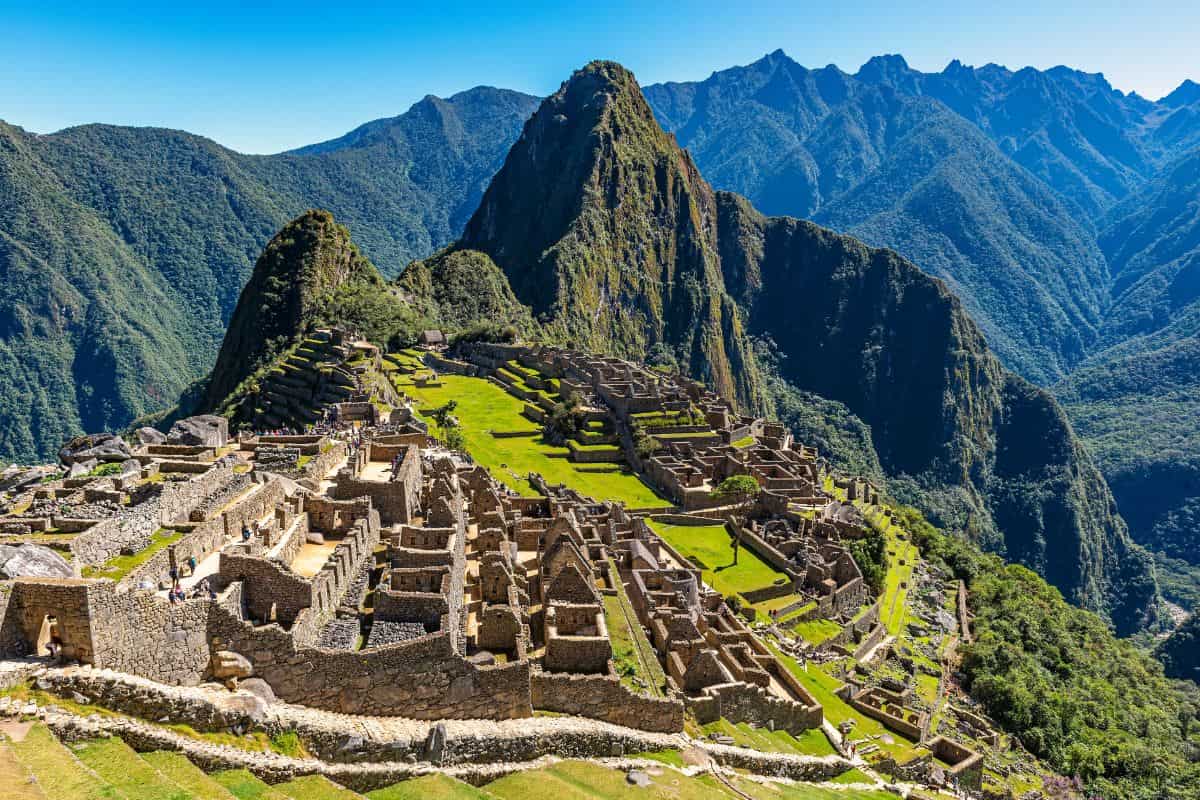Table of Contents
The Peruvian flag, also known as the flag of Peru, holds a significant place in the nation’s history and culture. With its vibrant colors and meaningful symbolism, it represents the Peruvian identity and heritage. In this article, we will delve into the intriguing aspects of the Peru flag, its design, historical background, and the symbolism behind its elements.
The Peru flag features three vertical stripes. The side stripes are red and the center one is white. The red stripes symbolize the blood shed by those who fought for Peru’s independence, while the white represents peace and purity. Some versions of the flag also include the national coat of arms in the white stripe, which carries further symbolism about the nation’s history and resources.
Peru Flag: Colors and Symbolism
- The flag of Peru features two red vertical stripes on either side of a white stripe in the middle.
- The red color symbolizes the bravery, valor, and sacrifices made by the Peruvian people during their fight for independence.
- The white color represents peace, purity, and the unity of the Peruvian nation.
- For versions of the flag that include the national coat of arms, this emblem highlights the country’s natural resources and history.
- The flag’s design reflects the nation’s aspirations, cultural heritage, and unity among the Peruvian people.
Flag of Peru
The flag stands as a powerful symbol that encapsulates the cultural significance and spirit of the nation. Its design consists of three vertical bands, with red on the sides and a white field in the middle. The red color symbolizes the blood shed for freedom and the valor of the Peruvian people. The white color represents peace and purity. Some versions of the flag feature the national coat of arms in the center, which holds historical and cultural significance, representing the rich diversity and heritage of Peru.
The history of the flag is intertwined with Peru’s rich heritage and struggle for independence. Adopted on February 25, 1825, the flag represents the unity and aspirations of the Peruvian people.
Beyond its aesthetics, the flag from Peru carries deep symbolic meanings. The colors reflect the values and aspirations of the Peruvian people, symbolizing bravery, peace, and unity. The coat of arms, when present, embodies Peru’s cultural heritage and serves as a reminder of the nation’s resilience and unity.
National Flag Etiquette and Protocol
Respecting the proper usage and display of the Peruvian flag is of utmost importance. Understanding flag etiquette is essential, especially during national events and ceremonies. Learn about the protocols governing the handling, hoisting, and lowering of the flag. Discover the appropriate procedures for retiring or handling damaged flags, ensuring they are accorded the respect they deserve.
- Proper Handling: The Peruvian flag should be handled with care and respect, ensuring it is not allowed to touch the ground or floor. It should be held upright and not dragged.
- Hoisting and Lowering: When hoisting the flag, it should be raised briskly and lowered ceremoniously. It is customary to hoist the flag at sunrise and lower it at sunset, although this may vary depending on the occasion or specific guidelines.
- Displaying the Flag: The Peruvian flag should be displayed with the red bands on the sides and the white field (or coat of arms, when present) in the center. It should be flown freely and not entangled or obstructed.
- Half-Staff: Lowering the flag to half-staff is a gesture of mourning or respect. This should be done on specific days of remembrance or when directed by authorities to honor national tragedies or the passing of significant figures.
- Flag Retirement: When a Peruvian flag becomes damaged, torn, or worn out, it should be retired in a dignified manner. This can involve burning it in a respectful and solemn ceremony, following appropriate guidelines and local regulations.
- Flag Size and Placement: The size of the Peruvian flag displayed should be proportionate to the size of the flagpole or display area. It is recommended to consult local guidelines or authorities for specific rules regarding flag size and placement.
- Respectful Disposal: If a flag cannot be retired through burning, it should be disposed of in a respectful manner. This can involve burying it or handing it over to authorized organizations that specialize in flag disposal.
Interesting Facts and Trivia
Embark on a journey of fascinating facts and lesser-known trivia about the Peruvian flag. Discover unique features within the flag’s design that hold hidden symbolism. Uncover stories of famous incidents or events involving the flag that have left an indelible mark on the nation’s history and identity.
Rich Tapestry of History
- 1821: The current flag of Peru was adopted on February 25, symbolizing the unity and aspirations of the Peruvian people.
- Colors and Symbolism: The red color represents the blood spilled for independence and national pride, while the white color symbolizes peace and purity.
- Coat of Arms: Featured in the center of some versions of the flag, it represents the national shield with the vicuña, cinchona tree, and a cornucopia of gold coins.
- National Identity: The flag embodies Peru’s rich history, cultural heritage, and the nation’s ongoing pursuit of unity, prosperity, and renewal.
These historical facts highlight significant moments in the history of the Peruvian flag, showcasing its role in shaping Peru’s national identity and symbolizing its struggles and aspirations throughout the years.
Flag-Related Symbols and Emblems
A flag is not alone in representing the nation’s identity. Explore additional national symbols and emblems closely associated with Peru, understanding their significance and how they relate to the flag. Delve into their historical and cultural roots, further enriching your understanding of Peru’s heritage. It’s easy to travel and make a Peru tour to visit the country’s best destinations.
Symbolisms of the Peru Flag
The flag of Peru holds several symbolic elements that represent the nation’s history, values, and aspirations. Here are the symbolisms of the Peru flag presented in itemized form:
- Red Color: Represents the blood spilled for independence and national pride.
- White Color: Symbolizes peace and purity.
- Coat of Arms: Features the national shield, highlighting the country’s rich biodiversity and wealth with the vicuña, cinchona tree, and a cornucopia of gold coins.
- Flag’s Design: Reflects Peru’s aspirations, cultural heritage, and unity among the Peruvian people.
- National Identity: The flag serves as a powerful symbol that unifies the Peruvian people, reminding them of their shared heritage and cultural identity.
- National Aspirations: Through its design and elements, the flag embodies the aspirations and values of the Peruvian nation, including bravery, peace, unity, and tradition.
These symbolisms in the flag contribute to the country’s sense of identity and pride, reflecting its historical journey and cultural significance.
Flags of Similar Countries or Regions
Examining the flags of neighboring countries or regions can provide intriguing insights. Compare and contrast the flags, exploring similarities in design, colors, or symbolism. Uncover historical and cultural connections between flags, shedding light on shared influences or distinctive identities.
Peruvian Flag vs Bolivian Flag
Similarity: Both flags feature a red and green field.
Difference: The Bolivian flag has a yellow stripe in the middle and features the Bolivian coat of arms in the center.
Peruvian Flag vs Chilean Flag
Similarity: Both flags have a white and red field.
Difference: The Chilean flag has a blue square on the hoist side with a white star.
Peruvian Flag vs Ecuadorian Flag
Similarity: Both flags are red, blue, and yellow.
Difference: The Ecuadorian flag has a coat of arms in the center.
Peruvian Flag vs Brazilian Flag
Similarity: Both flags feature a green field.
Difference: The Brazilian flag has a yellow diamond in the center with a blue globe and 27 white stars.
Peruvian Flag vs Colombian Flag
Similarity: Both flags are red, blue, and yellow.
Difference: The Colombian flag has horizontal stripes, with yellow occupying the top half, followed by blue, and then red.
Frequently Asked Questions (FAQs)
Discover answers to common questions related to the Peru flag picture. From its historical origins to the symbolism behind its elements, find concise and informative responses that address inquiries commonly posed by those curious about Peru’s flag.
What do the colors of the Peruvian flag represent?
The red stripes represent the blood spilled for Peruvian freedom and independence, while the white symbolizes peace and purity.
When was the Peruvian flag officially adopted?
The flag was officially adopted on February 25, 1825.
Who designed the Peruvian flag?
The flag’s design is traditionally attributed to José de San Martín, a general who played a key role in Peru’s struggle for independence.
Is there a variant of the flag with the national coat of arms?
Yes, the state flag includes the coat of arms in the center of the white band. This variant is used by government organizations, while the plain version is commonly seen among the general public.
What does the coat of arms on the Peruvian flag depict?
The coat of arms has three sections: a vicuña (representing the fauna and the Andes), a cinchona tree (representing the country’s flora), and a cornucopia pouring out gold coins (symbolizing the mineral wealth of Peru).
Are there specific rules and protocols regarding the hoisting of the Peruvian flag?
Yes, the flag should be hoisted during official ceremonies and on specific holidays. The state flag, with the coat of arms, should be hoisted by government entities.
What’s the significance of the “Pledge to the Flag” in Peru?
The “Pledge to the Flag” is a symbolic affirmation of loyalty and commitment to the nation of Peru. It’s a tradition in schools and certain ceremonies.
Is there a naval jack for Peru different from the national flag?
Yes, the naval jack of Peru consists of a white square with the national coat of arms in the center.
How does the Peruvian flag differ from the flag of Canada?
While both flags utilize red and white, their designs are entirely different. Canada’s flag features a red maple leaf in the center, while Peru’s flag has vertical bands of red and white.
How is the Peruvian flag displayed on Independence Day?
On Independence Day, Peruvians proudly display the flag on buildings, homes, and in public squares. Parades, festivals, and ceremonies centered around the flag also mark the celebration of national identity.








